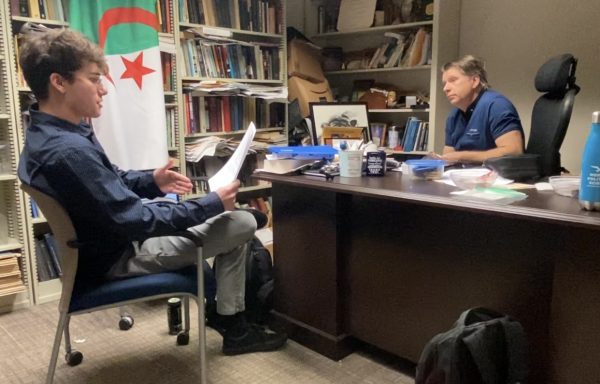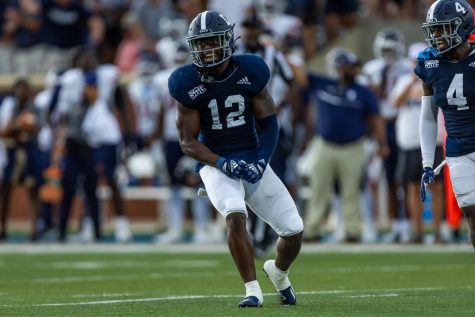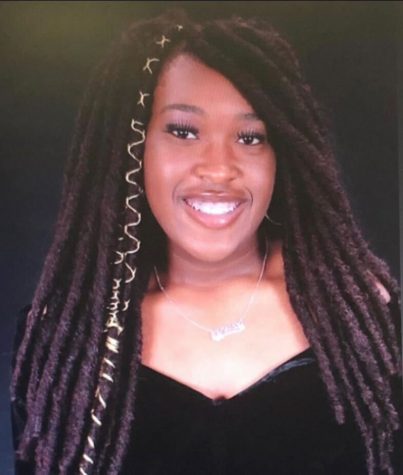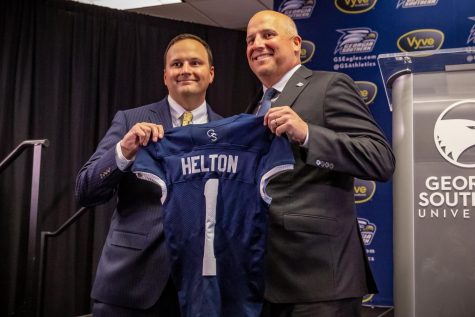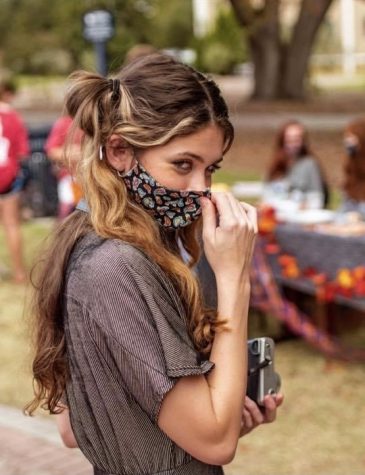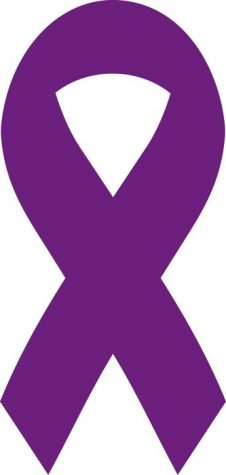March Madness: The Year of the Future
March 8, 2016
March is here and so is the future. Following the release of his third studio album Dirty Sprite 2 (DS2), the past 12 months have been one long victory lap for one Atlanta-based hip hop recording artist.
His promotion of Codeine, Ciara’s daddy issues, and the typical rapper come-up story we’ve heard millions of times has managed to land him as one of the hottest rappers in the game right now. Future, or Nayvadius DeMun Wilburn, first started filling the airwaves with his Auto-Tune trap music back in 2012 when his debut album Pluto brought audiences from across the world catchy singles such as Tony Montana and Same Damn Time. His first collaboration with Drake on Tony Montana was the antecedent stepping stone to the two’s eventual 2015 Billboard-topping, joint mixtape What a Time to Be Alive. Prior to his current, temporary ‘rise’ to the top, Future was your typical southern, up-and-coming, somewhat relevant rapper with a couple of mixtapes and radio show interviews to his name.
From those very radio show interviews at radio stations no one has ever heard of to the world’s most popular video games using his music in soundtracks, Future is the perfect example of probability. I don’t mean probability as in he got famous because he was lucky or anything, because anyone can win the lotto or get struck by lightning, twice. I mean probability as in he’s quite lucky to have both the quantity and quality of acknowledgement he has in such a lyrically critical industry with colleagues like Kendrick Lamar, Drake and Machine Gun Kelly and alumni such as Eminem, Jay-Z and Fabolous. You know that one random rapper every year who steals the spotlight with cool beats, but no meaningful lyrics or word play?
And that’s what’s so fascinating about the rap game. You can have the most basic lyrical skills and styles, absolutely no positive or morally-conscious messages in your music, and catchy songs about how you used to deal drugs on Marta and harass people to purchase your demo in a Kroger parking lot, and you’re instantly sitting next to Gabourey Sidibe at the Grammy’s.
In terms of the entertainment scene, categories such as music, television, Internet and fashion can easily impact a variety of audiences, one being this youthful generation. It doesn’t take much, for instance, to get someone to start wearing the same shoes his or her favorite athlete or musician sponsors. You’re probably thinking “duh that’s called advertising,” and you’re completely right. It’s also called influence. While there’s nothing wrong with being influenced by a certain celebrity or trend, because my entire house is drenched in Marvel superheroes merchandise from attic to basement, the hype won’t be there forever. Similar to Migos last year, T.I. and Lil’ Wayne a few years ago, Soulja Boy in 2006 and G-Unit in the early 2000s, rappers arrive, influence a couple of ideas, and get back to work while leaving us with a few nixes to the ways we dress, have fun and sometimes think.
Whatever legacy a rapper cements throughout his or her career is forever, but hype isn’t. It’s all about relevance and it’s all about opinion. Like him or not, credit’s given where it’s due.
I’m not bashing the guy, because I do find myself jamming to his music sometimes. I don’t like him, nor do I dislike him. I’m simply summarizing what a wonderful year the guy’s had. It only leaves us to wonder who’s next to take the throne where you don’t have to be that good to sit in while better, deserving artists are standing up.










